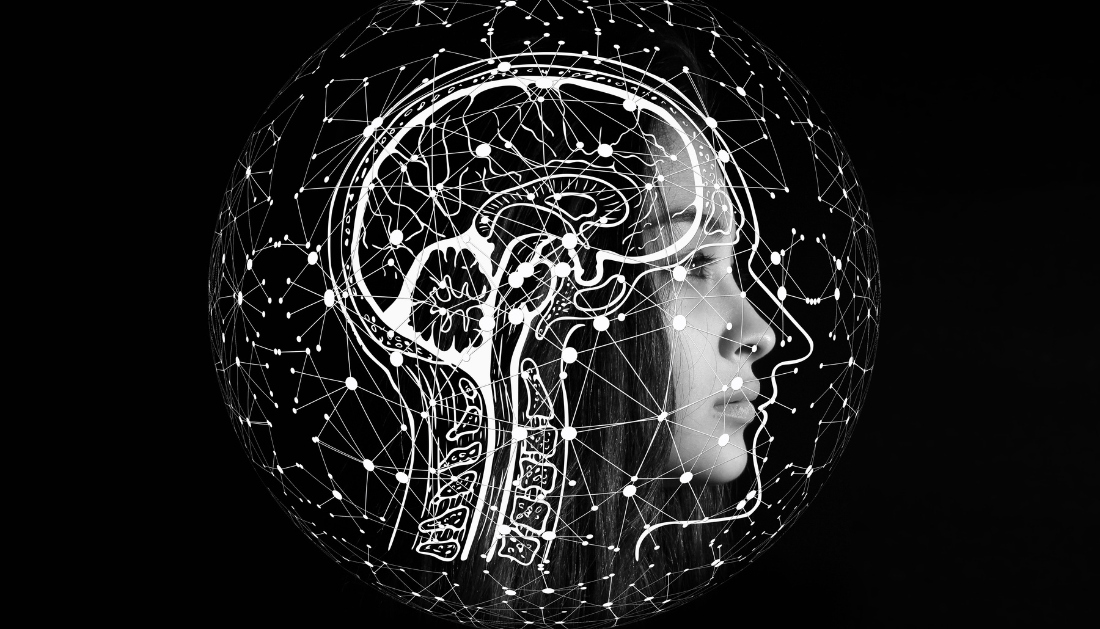

Researchers at Saint Michael’s College and the University of Vermont have revealed a revolutionary finding that sheds light on how Alzheimer’s disease develops in the human brain.
Following prior study on spider brains, the scientists discovered evidence of a “waste canal system” in the human brain that internalizes waste from healthy neurons. They observed that this mechanism can experience catastrophic enlargement, resulting in brain tissue destruction, which is a characteristic of Alzheimer’s disease.
Alzheimer’s disease affects more than 50 million people globally and is one of the major causes of death in the United States.
The findings, published in The Journal of Comparative Neurology, provide a convincing new explanation for commonly recognized brain pathologies associated with Alzheimer’s disease, including as amyloid-beta plaques, tau tangles, and spongiform abnormalities.
The research was carried out in collaboration among Dr. Ruth Fabian-Fine (Saint Michael’s College, UVM Robert Larner, M.D. College of Medicine), Dr. John DeWitt (UVM Robert Larner, M.D. College of Medicine, UVM Medical Center), Dr. Adam Weaver (Saint Michael’s College), and Saint Michael’s undergraduate research students Abigail Roman and Melanie Winters, both members of the Class of 2025.
“The Vermont Biomedical Network has been thrilled to support Dr. Fabian-Fine’s research from its initial focus on animal neuroscience to the more recent and potentially groundbreaking emphasis on the cellular basis of human neurodegeneration,” said UVM’s Dr. Christopher Francklyn, the Director of VBRN.
Her exciting work, and the outstanding training she has provided to her undergraduate co-investigators, epitomizes what NIH hopes to accomplish with its national IDEA program.”
Dr. Christopher Francklyn, University of Vermont
Dr. Fabian-Fine and her team first looked into the underlying causes of neurodegeneration in Central American wandering spiders, which suffer from conditions similar to human degenerative disorders. Because the spider neurons were larger, the scientists were able to study their brain operations more clearly. They rapidly uncovered a waste-internalizing glial canal system that exhibits structural anomalies in degenerating spider brains, resulting in uncontrollable depletion and death of brain cells.
This discovery encouraged Fabian-Fine, a Vermont Center for Cardiovascular and Brain Health Pipeline Investigator, to investigate whether a comparable system might be found in both rodent and human brain tissue, so she collaborated with neuropathologist Dr. DeWitt of UVM’s Larner College of Medicine. The combined effort allowed the scientists to accumulate overwhelming evidence that neurodegeneration in human and rodent brains may have similar underlying causes to those seen in spider brains. The scientists’ paper details the underlying causes of neurodegeneration, which could open up a promising new avenue for medication development to treat the structural defects that cause neurodegeneration.
Dozens of student researchers at Saint Michael’s College collaborated to the multi-year study that laid the groundwork for this discovery. Experiments were conducted at Saint Michael’s College, the University of Vermont Medical Center, and the UVM Center for Biomedical Shared Resources.
For more information: Fabian‐Fine, R., et al. (2024) Myelinated Glial Cells: Their Proposed Role in Waste Clearance and Neurodegeneration in Arachnid and Human Brain. The Journal of Comparative Neurology. doi.org/10.1002/cne.70000.
more recommended stories
 36-Week Pre-eclampsia Screening May Reduce Term Risk
36-Week Pre-eclampsia Screening May Reduce Term RiskA New Preventive Strategy for Term.
 Cardiovascular Risk and Sudden Cardiac Death in Diabetes
Cardiovascular Risk and Sudden Cardiac Death in DiabetesRising Sudden Cardiac Death (SCD) Risk.
 Poor Kidney Function and Alzheimer’s Biomarkers Explained
Poor Kidney Function and Alzheimer’s Biomarkers ExplainedPoor kidney function may influence levels.
 Walking Speed Before Hip Replacement Predicts Recovery
Walking Speed Before Hip Replacement Predicts RecoveryNew Evidence Points to a Simple,.
 Neuroblastoma Drug Combo Extends Survival in Models
Neuroblastoma Drug Combo Extends Survival in ModelsA Promising Shift in High-Risk Neuroblastoma.
 Safer Allogeneic Stem Cell Transplants with Treg Therapy
Safer Allogeneic Stem Cell Transplants with Treg TherapyA new preclinical study from the.
 How Soybean Oil Impacts Weight Gain and Metabolism
How Soybean Oil Impacts Weight Gain and MetabolismWhy Soybean Oil May Affect Metabolism.
 Coffee and Cognitive Function: Evidence Review
Coffee and Cognitive Function: Evidence ReviewA new narrative review in Cureus.
 AI in Emergency Medicine and Clinician Decision Accuracy
AI in Emergency Medicine and Clinician Decision AccuracyEmergency teams rely on rapid, accurate.
 Colorectal Cancer Screening Rates Low in Adults 45–49
Colorectal Cancer Screening Rates Low in Adults 45–49Recent UCLA research reveals that colorectal.

Leave a Comment